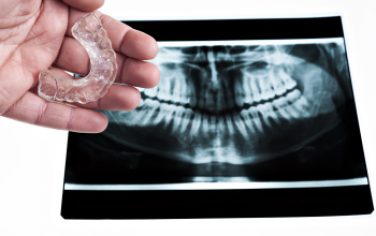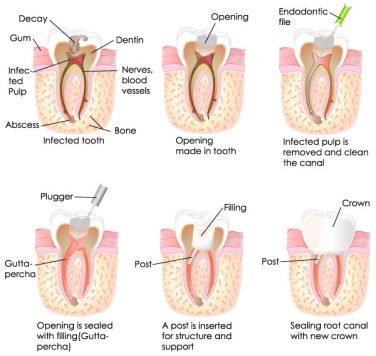Bad Breath and Its Relationship to Oral Systemic Diseases
“About 75 percent of bad breath or “halitosis” is caused by the mouth itself. Other causes include gastric problems, sinus infections or severe gum disease,” says Mark Wolff, DDS, Ph.D., director of operative dentistry at the State University of New York at Stony Brook. One of the key successes in treating bad breath is determining […]
Continue Reading »Apicoectomy
What Is It? Your teeth are held in place by roots that extend into your jawbone. Front teeth usually have one root. Other teeth, such as your premolars and molars, have two or more roots. The tip of each root is called the apex. Nerves and blood vessels enter the tooth through the apex, travel […]
Continue Reading »What you should expect when getting veneers
Dental veneers are customized shells made of porcelain or a composite resin that fit over your teeth to improve their appearance. Veneers are especially helpful in improving your smile if you have teeth that are chipped, stained or misshapen. The purpose of veneers is generally cosmetic, but you may have them fitted as part of […]
Continue Reading »What Is Temporomandibular Joint Disorder (TMJ)?
TMJ, or temporomandibular joint disorder, means that the hinge connecting the upper and lower jaw isn’t working properly. This hinge is one of the most complex joints in the body, responsible for moving the lower jaw forward, backward and side-to-side. Any problem that prevents this complex system of muscles, ligaments, discs and bones from working […]
Continue Reading »Dr. Matthew Flugstad
Bruxism (Teeth Grinding)
What Is It? Bruxism is clenching or grinding your teeth, often without being aware that your are doing it. In the United States, bruxism affects an estimated 30 to 40 million children and adults. Some people grind their teeth only during sleep; this condition is called “nocturnal bruxism” or “sleep-related bruxism.” Others grind their teeth […]
Continue Reading »Dr. Matthew Flugstad
What are Dental Crowns and Tooth Bridges?
How do Crowns Work? A crown is used to entirely cover or “cap” a damaged tooth. Besides strengthening a damaged tooth, a crown can be used to improve its appearance, shape or alignment. A crown can also be placed on top of an implant to provide a tooth-like shape and structure for function. Porcelain or […]
Continue Reading »What is Tartar and How do I Prevent it?
What is Tartar? Tartar, sometimes called calculus, is plaque that has hardened on your teeth. Tartar can also form at and underneath the gumline and can irritate gum tissues. Tartar gives plaque more surface area on which to grow and a much stickier surface to adhere, which can lead to more serious conditions, such as […]
Continue Reading »Dental Emergencies
Pain is one of the reasons people go to the dentist. A painful tooth can be triggered by hot or cold food and drinks. Heavy biting or grinding may fracture a tooth and cause the tooth to hurt when you chew. Sometimes, when a filling falls out, you may have a throbbing ache. Any injury […]
Continue Reading »Why are Sports Mouth Guards?
What Are Sports Guards and Mouth Guards? Sports guards, mouth guards and mouth protectors are different names for the same thing: a device worn over your teeth that protects them from blows to the face and head. Mouth guards are an important piece of athletic equipment for anyone participating in a sport that involves falls, […]
Continue Reading »The Details of Dental Scaling
What Is Dental Scaling? Dental scaling is the most common nonsurgical way to treat gum disease, which is also known as periodontitis. If your disease is moderate, but not severe, your dentist may recommend scaling to treat the disease and keep it from getting worse. But if you have severe periodontal disease and your condition […]
Continue Reading »









